Here are some common terms to help you understand picture and video quality associated with your drone and its camera.
Gimbal– Some camera drones have the camera fixed at a specific orientation. This will be typical for small low-end drones and for racing drones. High end camera drones often give the pilot, or preferably an assistant, the ability to rotate the view of the camera independent of the
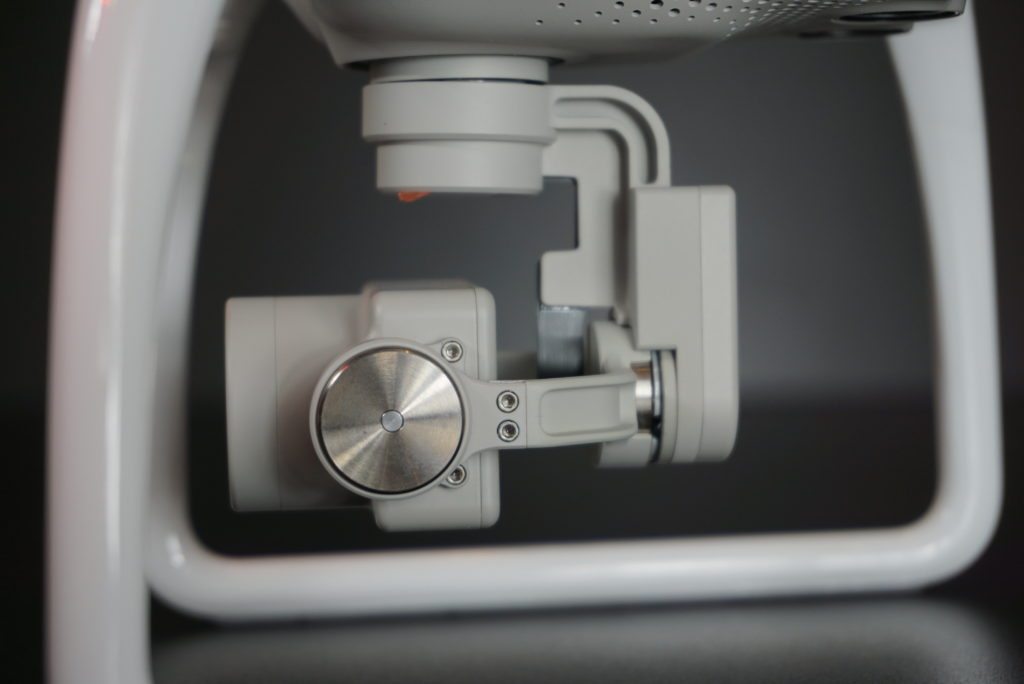
orientation of the drone. The device that allows the camera to rotate is called a gimbal. A good gimbal will be 2-axis, meaning the camera can spin horizontally about the vertical axis of the drone and also look up and down. A good gimbal will also provide some anti-shake and anti-vibration function to make your pictures and video look sharper.
OIS / OSS– Optical Image Stabilization or Optical Steady Shot. A camera with OIS has tiny motors in it that move the lenses or image sensor with respect to the other in such a way as to counteract shaking motion in the camera. Typically this will only counteract relatively high frequency shacking with low angular displacement. The gimbal is better at lower frequency larger displacement correction. Together they can create super smooth videos and better photographs on a drone. Our measurements indicate that the Phantom 4 has OIS in addition to its state-of-the-art gimbal.
FOV– Field of view describes how much of the world the camera can see. It is often described as “35 mm equivalent” and you will see numbers like 15 mm (wide), 30 mm (typical), or 200 mm (telephoto). We will spare you the meaning here, camera buffs won’t need any explanation. For the rest of you we simply define FOV as the horizontal angle that the camera can see from one edge of the image to the other. In most cases, we at Half Chrome will measure the horizontal FOV ourselves. Note that because of image distortion the full horizontal FOV may not directly match calculations based on the lens’s focal length so our numbers might disagree. The guys at Half Chrome feel that actual angular horizontal FOV is most interesting and the distortion numbers will speak for themselves in the test pictures we show.
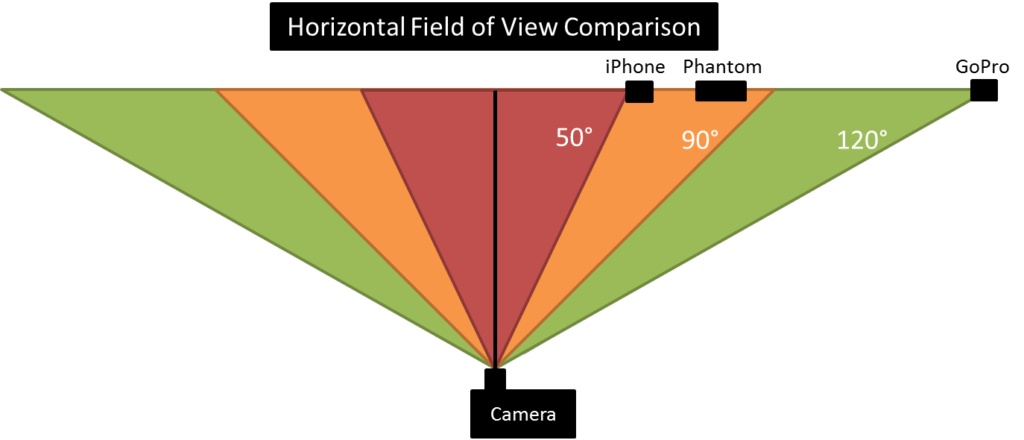
Distortion–Distortion in an image is when straight lines that are off center of the image look curved. This happens when the magnification across the field of view (FOV) is not the same over the full image. Barrel distortion is common in wide angle lenses and most drones have pretty wide FOVs. Lots of distortion can be distracting in photography, particularly when buildings or straight horizons are visible. We qualitatively measure distortion by lining up images in side-by-side comparisons. Some companies digitally correct distortion, we suspect that DJI does this. An example of a camera with a lot uncorrected barrel distortion is the GoPro Hero4 which has a super wide 122° HFOV according to our measurements. Distortion will be particularly distracting in your videos in certain situations. Examples include: Flying near structures with straight edges, trying to capture a large group of people where some faces are near the edges or corners of the image, and showing a flat horizon that is not perfectly centered. In the GoPro image below you can see that the centered red line looks nice and straight but our poor niece’s face is getting stretched pretty badly (it would be much worse if she were in the corner of the image).
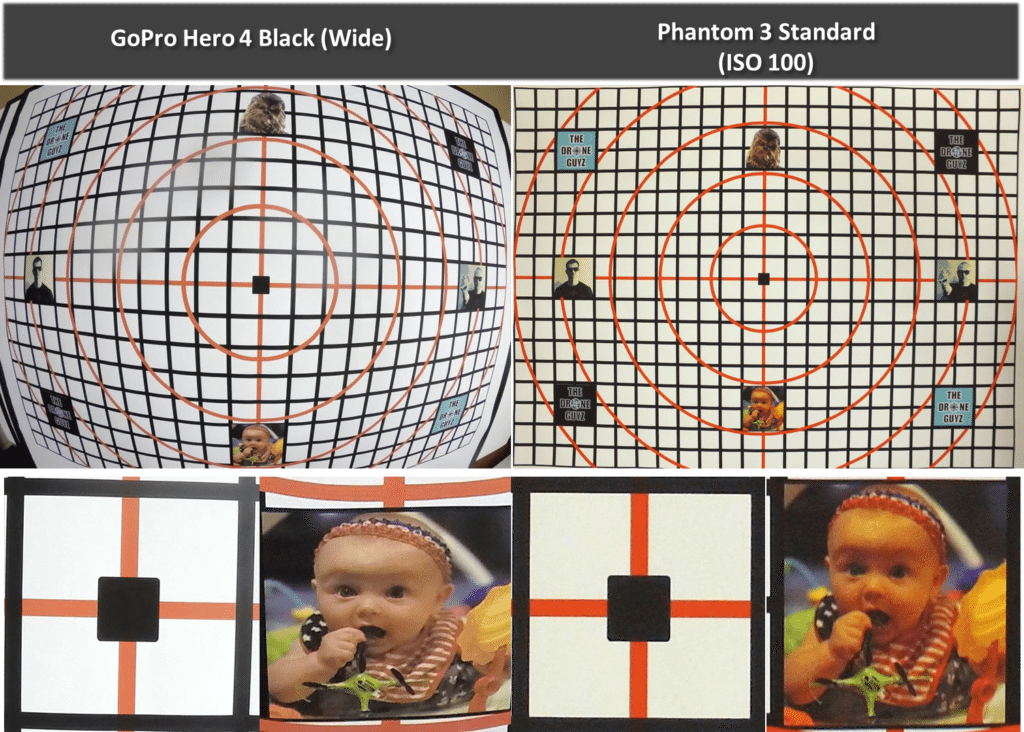
Sensor size– Sensor size is the size of the flat image sensor that is receives light and turns it into a picture. It is an often overlooked factor that influences image quality. Why does it matter? Well, in general, bigger sensors capture more light. More light means faster shutter speeds and less grainy looking images. This can be particularly important in the twilight hours or if your drone’s image stabilization is having trouble keeping up with the movements of your drone. Sensor size is a powerful influence since area is related to size squared. In other words, if you 2X the sensor size you cut can cut the shutter speed by a factor of 4X (all other things being equal). For some strange reason sensor size is reported as fractions of an inch, like 1/2.3 inches. When the information is available, we will report sensor size and report it a couple different ways.
f/number– F/number is pronounced “f number” and sometimes written f/#. Like sensor size, f/number is another factor that has a big influence on shutter speed and image noise. F/number tells you how much light the camera is gathering compared to the size of the lens. Unlike sensor size, you actually want a low f/number typically. Like sensor size, it is a squared relationship. So, the light gathering power of an f/2 lens will be 4X the light gathering power of a f/4 lens. We will report f/number when the information is available. Note that a low f/number also decreases the depth of field of the camera which may be seen as undesirable, particularly if the camera doesn’t have any autofocus or poor performing autofocus. We will make note of when pictures do not turn out well in our tests due to frequent out-of-focus images.
GoPro: 15mm equivalent FOV, F 2.8, 1/2.3” sensor
iPhone: 29 mm equivalent FOV, F 2.2, ⅓” sensor
Professional: 5mm to 500 mm, f1.2 and up, 35 mm sensor
Not sure what is the best drone for you???
No worries, Half Chrome Drones has you covered. Maybe you want an aerial photography drone, or maybe you want a fun toy. Want FPV? We’ve developed an advanced system to match you to the right drone. We call it our Half Chrome Drone Cipher™, go check it out. We also are constantly updating our Best Drones Now page to help you stay current.
Disclosure:
This website contains affiliate links, which means we receive a commission if you make a purchase using these links. For full details visit the disclosures and disclaimers page.
- Beginner
- Discounts
- Wedding
- Youth


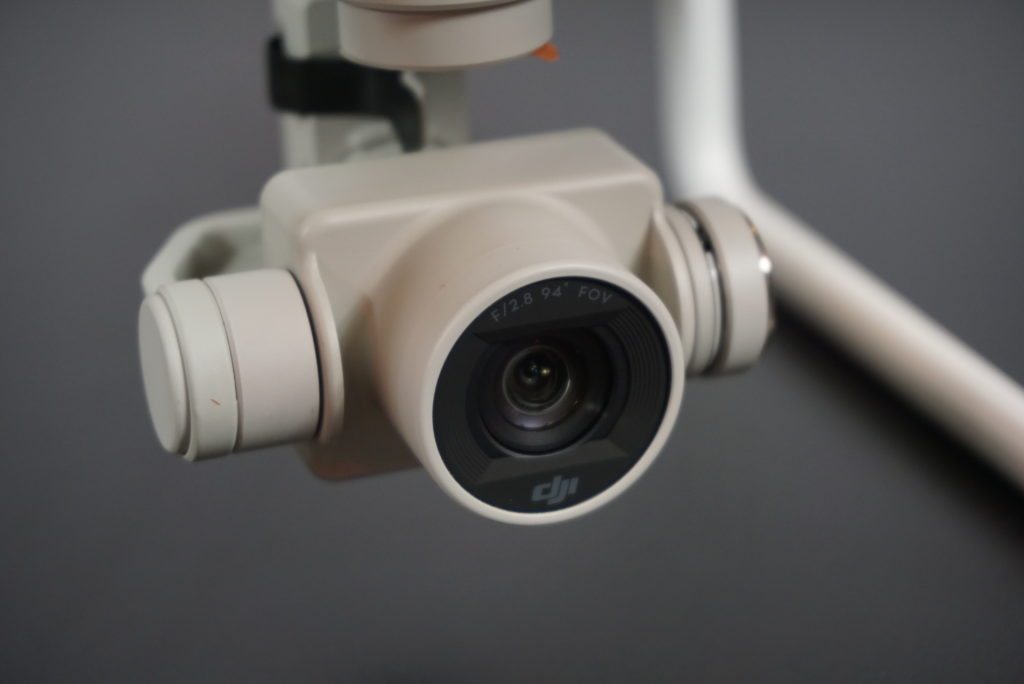

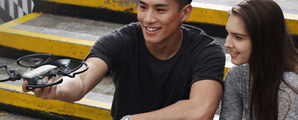













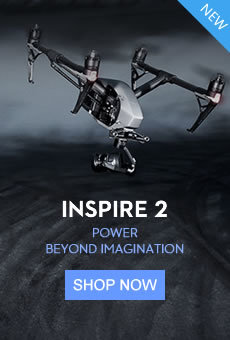
Pingback: DJI Mavic Pro vs. GoPro Karma vs. Phantom 4 - Half Chrome Drones